Learning guitar chords for beginners is the first step to playing your favorite songs. Mastering a few essential chords will allow you to strum along with many popular tunes. This guide will cover basic chord shapes, transitions, and practice tips to help you get started.
Understanding Guitar Chords
Contents
Chords are a combination of multiple notes played together. In guitar, they are formed by pressing down strings on the fretboard while strumming. There are major, minor, and seventh chords, but beginners should start with basic open chords.
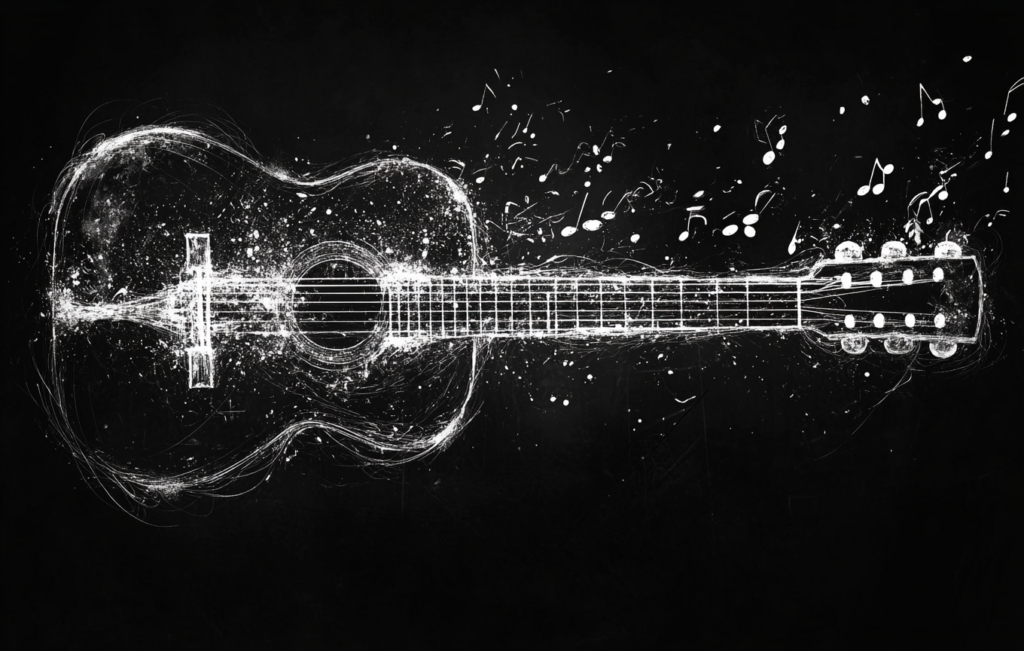
Chords are made by pressing multiple strings at once to create a harmonious sound.
Essential Beginner Guitar Chords
A. Basic Open Chords
Here are the most common beginner-friendly chords:
- C Major (C) – One of the most widely used chords.
- G Major (G) – Found in countless songs.
- D Major (D) – A bright-sounding chord, great for strumming.
- E Minor (Em) – One of the easiest chords to play.
- A Minor (Am) – A foundational minor chord.
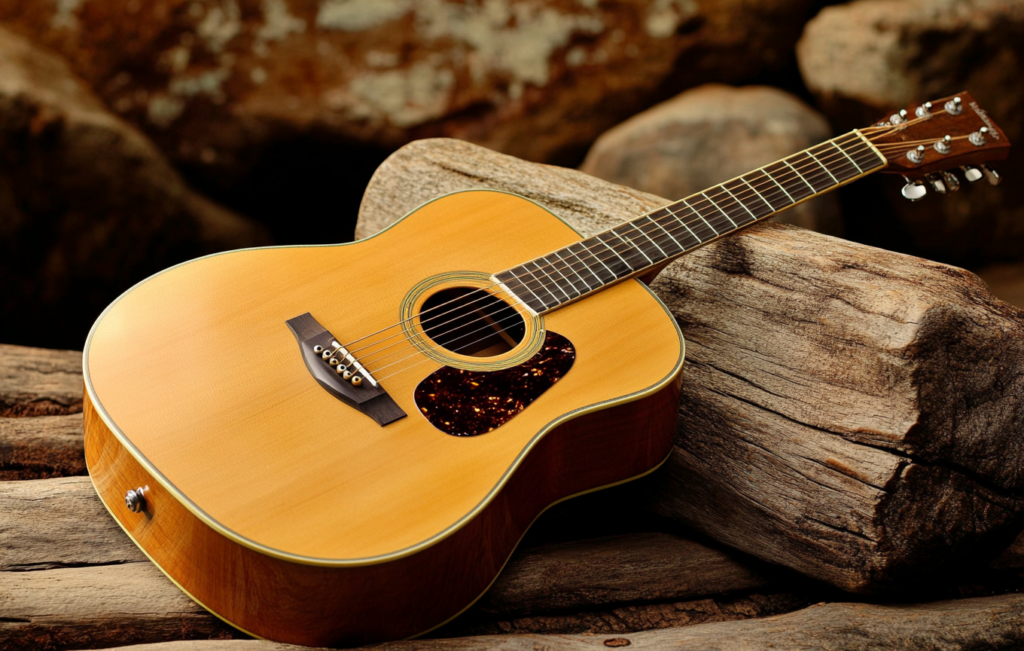
These basic open chords form the foundation for many songs.
How to Play Beginner Guitar Chords
✔ Press strings firmly – Ensure each note rings clearly.
✔ Use your fingertips – This prevents muting adjacent strings.
✔ Maintain proper hand posture – Keep your thumb behind the neck for support.
✔ Practice chord transitions – Switching smoothly between chords is key.
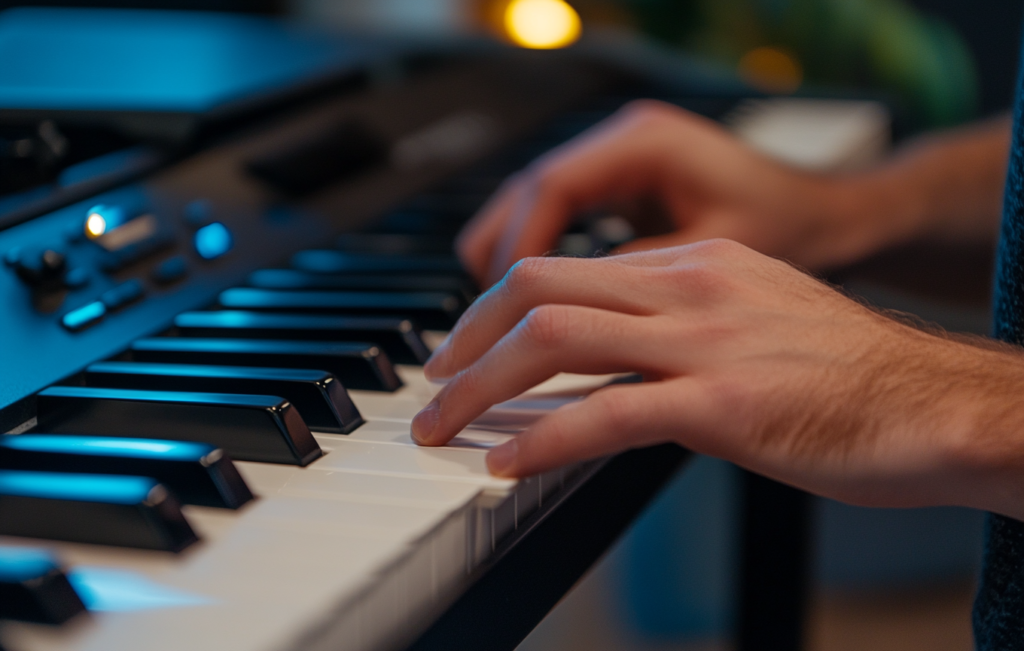
Correct finger positioning helps create clear and clean chord sounds.
Chord Progressions for Beginners
Practicing common chord progressions helps you play songs faster. Here are a few simple ones to try:
- C – G – Am – F (Popular in pop music)
- G – D – Em – C (Great for folk and rock songs)
- D – A – G (Used in countless classic songs)
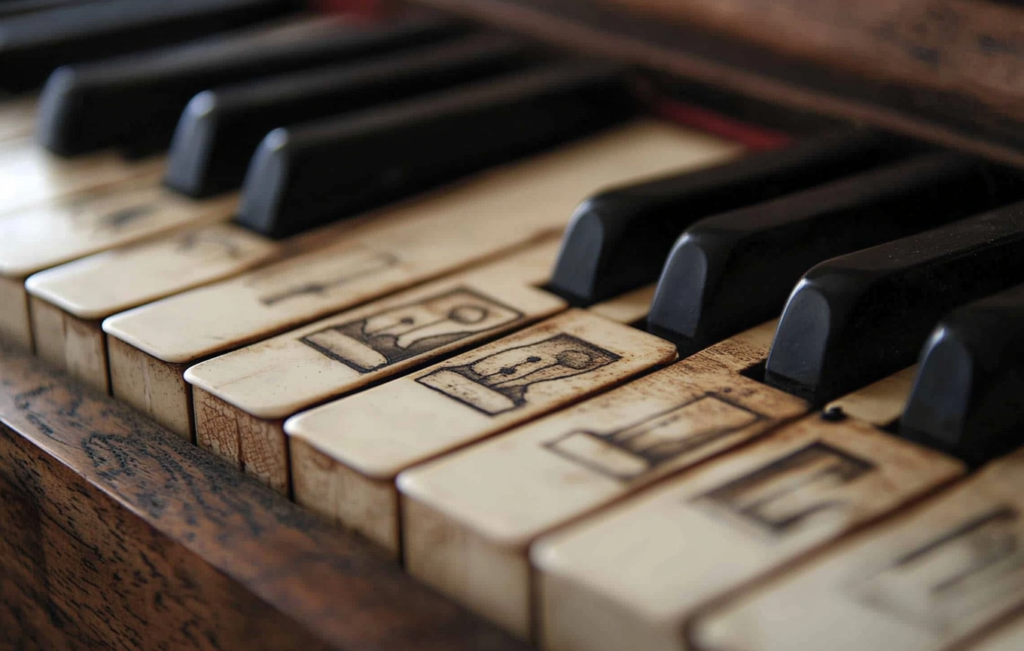
Mastering chord progressions makes learning songs easier.
Tips for Practicing Guitar Chords
🎸 Practice daily – Even 10-15 minutes a day leads to improvement.
🎸 Use a metronome – Helps develop rhythm and timing.
🎸 Start slow – Play chords cleanly before increasing speed.
🎸 Play along with songs – Helps reinforce chord changes naturally.

Consistency and structured practice are key to mastering chords.
Frequently Asked Questions (FAQ)
❓ How long does it take to learn basic guitar chords?
With consistent practice, you can play basic chords within a few weeks and transition smoothly in 1-2 months.
❓ What’s the easiest chord to learn first?
The E minor (Em) chord is the easiest because it only requires pressing two strings.
❓ How do I improve chord switching speed?
Practice slow transitions between two chords repeatedly, then gradually increase speed.
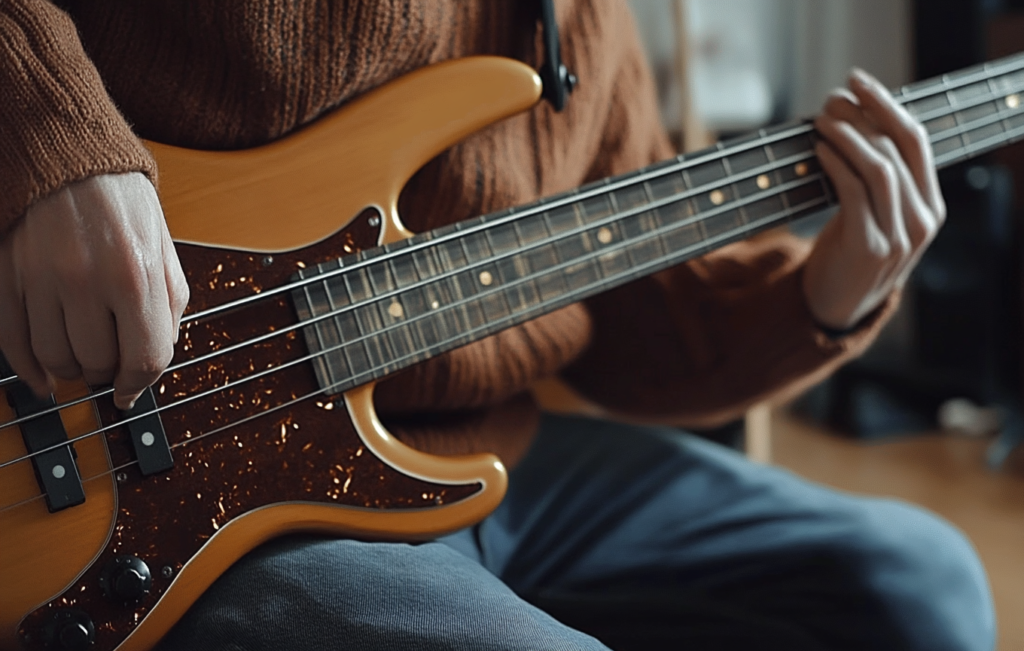
Smooth transitions between chords improve playing fluency.
Conclusion
Learning guitar chords for beginners is an exciting step toward playing music. By mastering a few essential chords, practicing transitions, and using structured exercises, you’ll be playing songs in no time.
🎸 Pick up your guitar and start practicing today! 🚀
